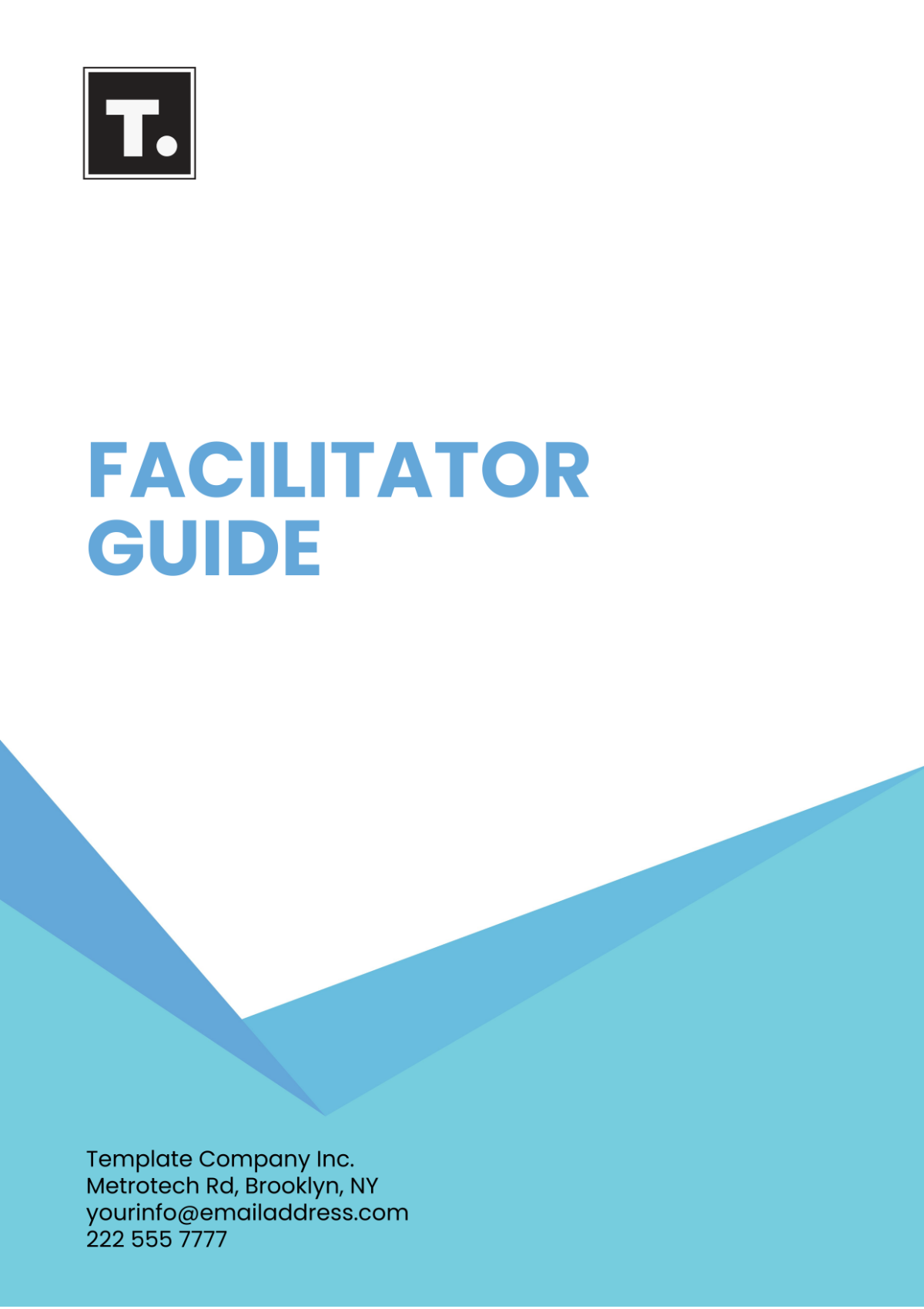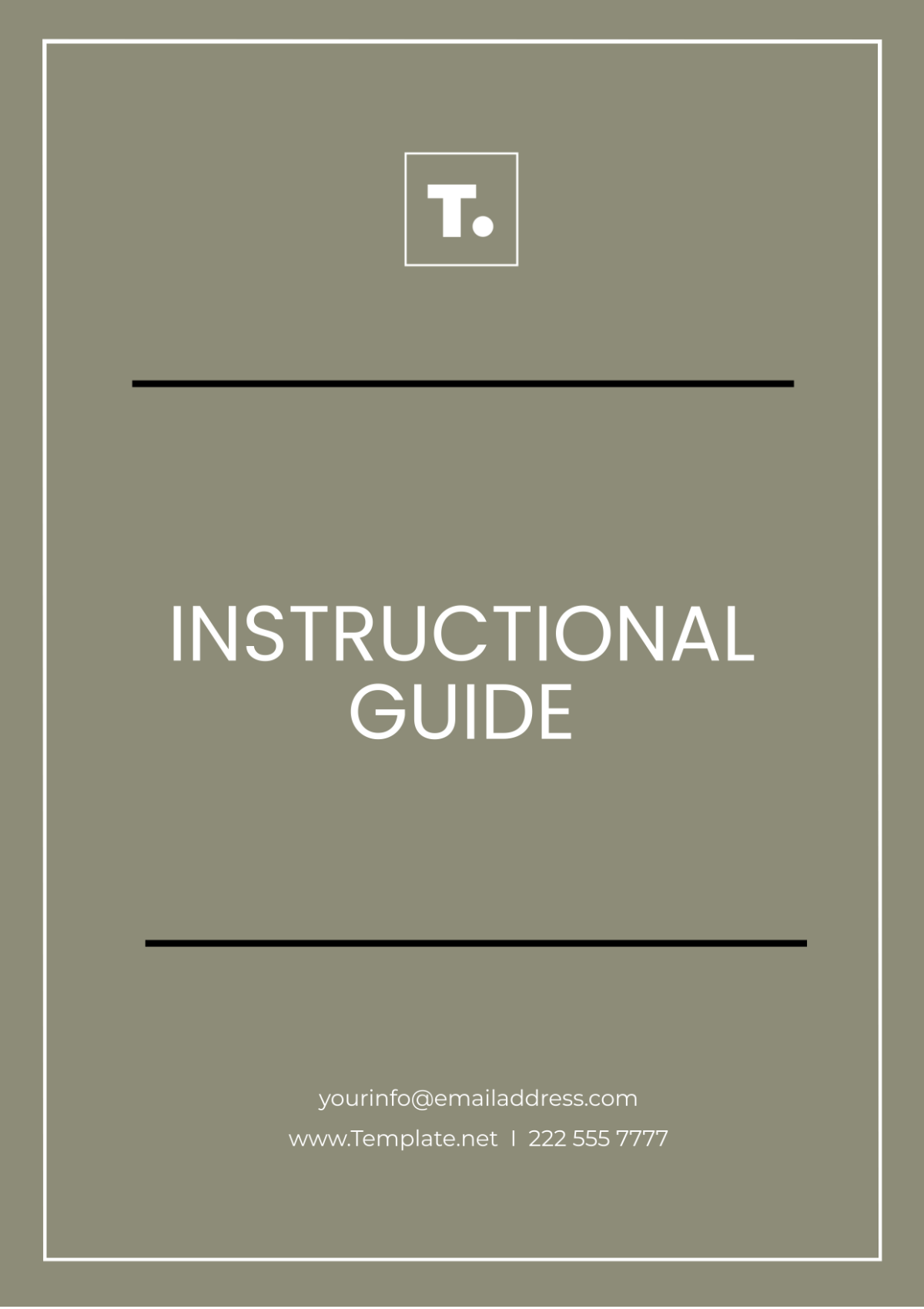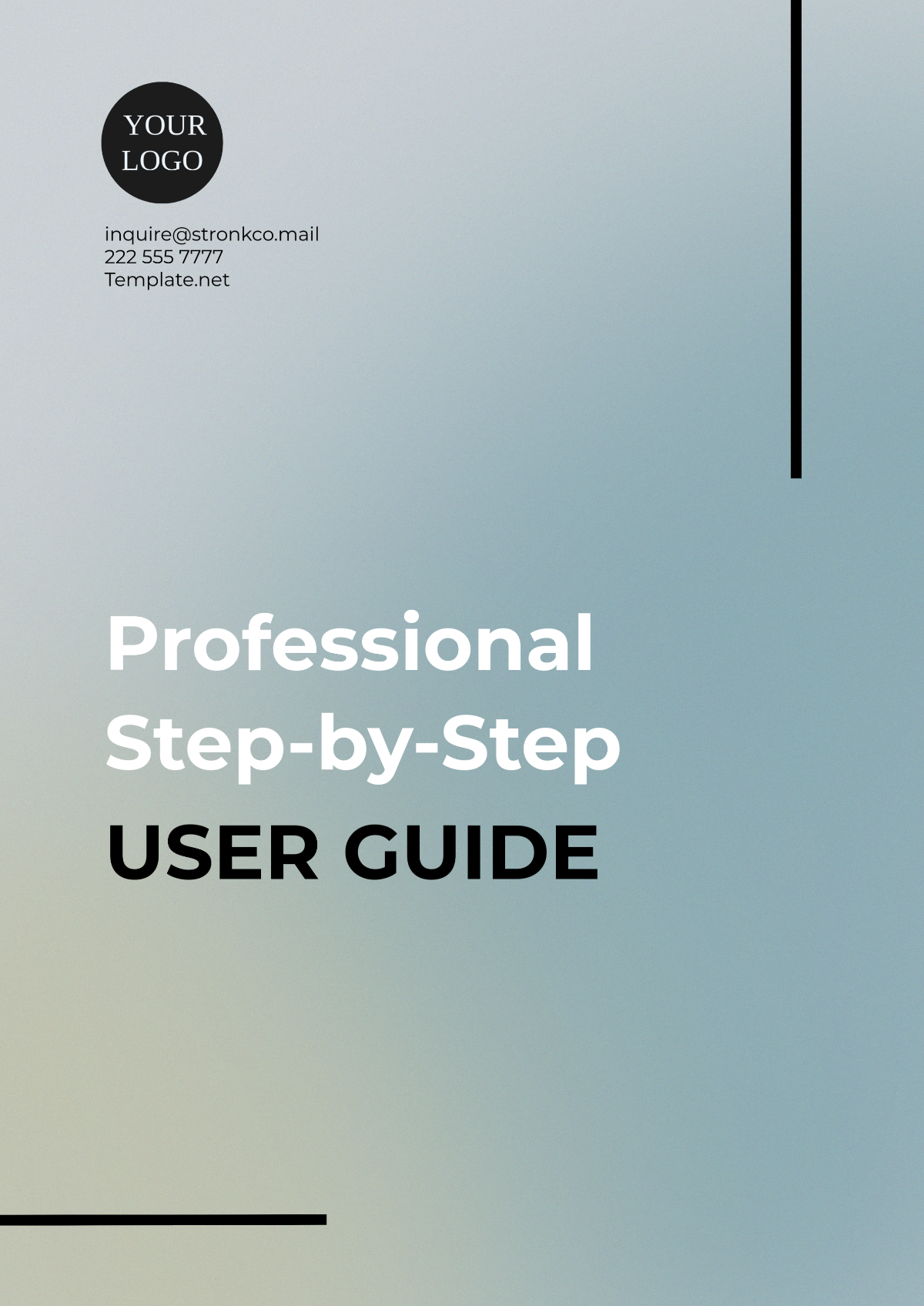BASIC GUIDE
Prepared by: [YOUR NAME]
Company: [YOUR COMPANY NAME]
I. Introduction
Photography is a captivating art that allows you to capture and immortalize moments. Whether you're a beginner or looking to refine your skills, this comprehensive guide will walk you through the fundamentals and advanced techniques of photography.
II. Choosing the Right Camera
Selecting the right camera is crucial for a successful photography journey. Consider factors such as your budget, intended use, and skill level. Here are five popular camera types to help you make an informed decision:
A. DSLR Cameras
Known for versatility and image quality.
Interchangeable lenses for various shooting scenarios.
Ideal for enthusiasts and professionals.
B. Mirrorless Cameras
Compact and lightweight with interchangeable lenses.
Fast autofocus and high-quality electronic viewfinders.
Perfect for those on the go.
C. Point-and-Shoot Cameras
Compact, easy to use, and budget-friendly.
Automatic settings for hassle-free shooting.
Great for casual photographers.
D. Bridge Cameras
A bridge between DSLRs and point-and-shoot cameras.
Powerful zoom capabilities and manual controls.
Suitable for those seeking versatility.
E. Smartphone Cameras
Always accessible and convenient.
Evolving technology offers impressive image quality.
Ideal for spontaneous photography.
III. Mastering Composition Techniques
Achieving a visually appealing photograph goes beyond technical aspects. Mastering composition techniques is essential for creating compelling images. Consider these elements:
A. Rule of Thirds
Divide the frame into thirds both horizontally and vertically.
Position key elements at the intersections for balanced compositions.
B. Leading Lines
Use natural or man-made lines to guide the viewer's eye.
Enhances depth and adds visual interest.
C. Symmetry and Patterns
Exploit symmetry for harmonious compositions.
Patterns add repetition and rhythm to your photos.
D. Framing
Utilize natural frames like archways or windows.
Draws attention to the main subject.
E. Foreground, Middleground, Background
Create depth by incorporating elements in each layer.
Enhances the overall visual experience.
IV. Understanding Camera Settings
Unlock the full potential of your camera by understanding and adjusting key settings:
Setting | Description |
|---|---|
Aperture | Controls the depth of field |
Shutter Speed | Determines the exposure time |
ISO | Adjusts the camera's sensitivity to light |
White Balance | Manages color temperature |
Exposure Compensation | Modifies overall exposure |
V. Lighting Techniques
Mastering light is essential for creating captivating images. Explore different lighting techniques to enhance your photography skills:
A. Golden Hour
Capture warm, soft light during sunrise or sunset.
Provides a flattering and enchanting atmosphere.
B. Fill Flash
Use fill flash to fill in shadows in bright sunlight.
Ensures even lighting on your subject.
C. Backlighting
Position your subject with light behind them.
Creates a stunning halo effect and emphasizes contours.
D. Silhouettes
Place your subject in front of a bright background.
Capture dark outlines for dramatic impact.
E. Long Exposure
Ideal for capturing motion and creating dreamy effects.
Requires a stable surface or tripod.
VI. Post-Processing Tips
Enhance your photographs with post-processing techniques. Consider these tips for a polished final result:
A. Crop and Straighten
Trim unnecessary elements and straighten horizons.
Improves focus on the main subject.
B. Adjust Exposure and Contrast
Fine-tune brightness, contrast, and shadows.
Achieves a well-balanced and visually appealing image.
C. Color Correction
Balance color tones and remove unwanted tints.
Ensures a natural and realistic look.
D. Sharpening and Noise Reduction
Enhance image sharpness without compromising quality.
Reduce digital noise for cleaner, smoother images.
VII. Selecting the Perfect Lens
Choosing the right lens is essential for capturing diverse scenes. Different lenses offer unique perspectives and capabilities. Consider the following lens types:
A. Prime Lenses
Fixed focal length for sharp images.
Ideal for portraits, low-light conditions, and artistic shots.
B. Zoom Lenses
Versatile focal lengths for flexibility.
Suitable for various photography genres, from landscapes to wildlife.
C. Macro Lenses
Capture intricate details in small subjects.
Perfect for close-up shots of flowers, insects, and textures.
D. Wide-Angle Lenses
Expansive field of view for landscapes and architecture.
Emphasizes perspective and depth.
E. Telephoto Lenses
Long focal length for capturing distant subjects.
Excellent for wildlife photography and sports events.
VIII. Mastering Manual Mode
Unlock the full potential of your camera by mastering manual mode. Understand how to control aperture, shutter speed, and ISO to achieve the desired exposure. Practice in various settings to gain confidence in capturing the perfect shot.
IX. Building a Photography Portfolio
Create a compelling photography portfolio to showcase your best work. Tailor your portfolio to your niche or preferred photography style. Include a variety of images that highlight your skills and versatility. Update your portfolio regularly to reflect your growth as a photographer.
X. Exploring Advanced Techniques
Dive into advanced photography techniques to elevate your skills:
A. HDR Photography
Combine multiple exposures for stunning dynamic range.
Ideal for capturing scenes with extreme light variations.
B. Panoramic Photography
Stitch multiple images together for expansive landscapes.
Create visually striking panoramic shots.
C. Night Photography
Master low-light conditions for captivating nightscapes.
Experiment with long exposures and light painting.
D. Portrait Photography
Learn the art of capturing compelling portraits.
Understand lighting, posing, and composition techniques.
E. Time-Lapse Photography
Create captivating time-lapse sequences.
Ideal for capturing changing landscapes and cityscapes.
XI. Expanding Creativity with Photo Editing Software
Explore the world of photo editing software to enhance and transform your images. Familiarize yourself with popular tools and techniques:
A. Adobe Lightroom
Adjust exposure, color balance, and sharpness.
Organize and catalog your photo library.
B. Adobe Photoshop
Perform detailed retouching and manipulation.
Create composite images and add artistic effects.
C. Snapseed
An intuitive mobile app for on-the-go editing.
Offers a variety of filters and adjustment tools.
D. GIMP (GNU Image Manipulation Program)
A free and powerful alternative to Photoshop.
Provides advanced editing capabilities for all skill levels.
E. Luminar
Features AI-powered editing tools for quick enhancements.
Simplifies complex editing processes.
By incorporating photo editing software into your workflow, you'll have the tools to unleash your creativity and elevate your photography to new heights. Experiment with different techniques and discover your unique editing style.
XII. Contact Information
For further assistance or inquiries, feel free to reach out:
Email: [YOUR EMAIL]
Phone: [YOUR COMPANY NUMBER]
Website: Visit [YOUR COMPANY WEBSITE] for additional resources and community engagement.
Connect with us and other photography enthusiasts, ensuring ongoing support and inspiration in your photographic journey
XIII. Conclusion
Embark on your photography journey with newfound knowledge and inspiration. Remember that photography is not just about capturing images; it's about telling stories, expressing emotions, and creating lasting memories. Continue to explore, learn, and hone your skills. Whether you're a casual photographer or aspiring professional, the joy of capturing moments will always be at the heart of this incredible art. Happy shooting!

















































